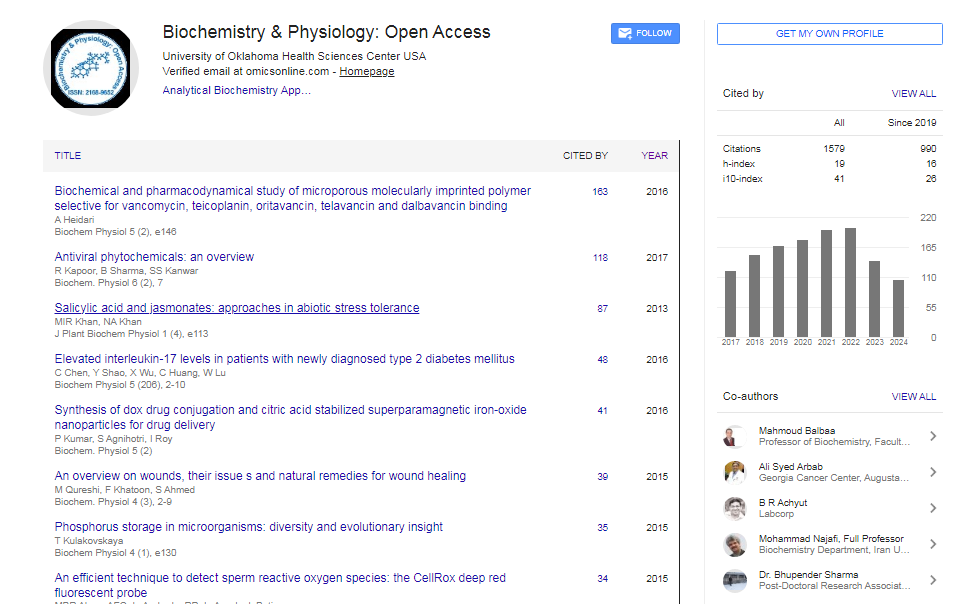Research Article
Dopamine Hypothesis is linked with Neural Stem Cell (NSC) Dysfunction Hypothesis by D-Cell Hypothesis (Trace Amine Hypothesis) in Etiology of Schizophrenia
| Keiko Ikemoto* | |
| Department of Psychiatry, Iwaki Kyoritsu General Hospital, Iwaki 973-8555, Japan | |
| *Corresponding Author : | Keiko Ikemoto Department of Psychiatry Iwaki Kyoritsu General Hospital, Iwaki 973-8555, Japan E-mail: ikemoto@iwaki-kyoritsu.iwaki.fukushima.jp |
| Received December 16, 2014; Accepted March 04, 2015; Published March 11, 2015 | |
| Citation: Ikemoto K (2015) Dopamine Hypothesis is linked with Neural Stem Cell (NSC) Dysfunction Hypothesis by D-Cell Hypothesis (Trace Amine Hypothesis) in Etiology of Schizophrenia. Biochem Physiol 4:152. doi:10.4172/2168-9652.1000152 | |
| Copyright: © 2015 Ikemoto K, et al. This is an open-access article distributed under the terms of the Creative Commons Attribution License, which permits unrestricted use, distribution, and reproduction in any medium, provided the original author and source are credited. | |
Abstract
Mesolimbic dopamine (DA) hyperactivity is a well-known pathophysiological hypothesis of schizophrenia. The author intended to show a new hypothesis to clarify the molecular basis of mesolimbic DA hyperactivity of schizophrenia. The Patent Cooperation Treaty (PCT) patent-required histochemical methods were used to show D-neuron (trace amine (TA) neuron) decrease in the nucleus accumbens (Acc) of postmortem brains with schizophrenia. Briefly, the striatal D-neuron decrease in schizophrenia and consequent TAAR1 (TA-associated receptor, type 1) stimulation decrease onto terminals of midbrain ventral tegmental area (VTA) DA neurons induces mesolimbic DA hyperactivity of schizophrenia. Dysfunction of subventricular neural stem cells (NSC), located partially overlapping Acc is the cause of D-neuron decrease in Acc. DA hyperactivity, which inhibits NSC proliferation, causes disease progression of schizophrenia. The highlight is the rational that the “D-cell hypothesis (TA hypothesis) of schizophrenia” is a pivotal theory to link NSC dysfunction hypothesis to DA hypothesis. From a therapeutic direction, (1) TAAR1 agonists, (2) DA D2 antagonists, and (3) neurotropic substances have potential to normalize mesolimbic DA hyperactivity. To further develop novel therapeutic strategies, metabolisms of TAAR1ligands, and NSC- and D-neuron-pathophysiology of neuropsychiatric illnesses remain to be explored.

 Spanish
Spanish  Chinese
Chinese  Russian
Russian  German
German  French
French  Japanese
Japanese  Portuguese
Portuguese  Hindi
Hindi 